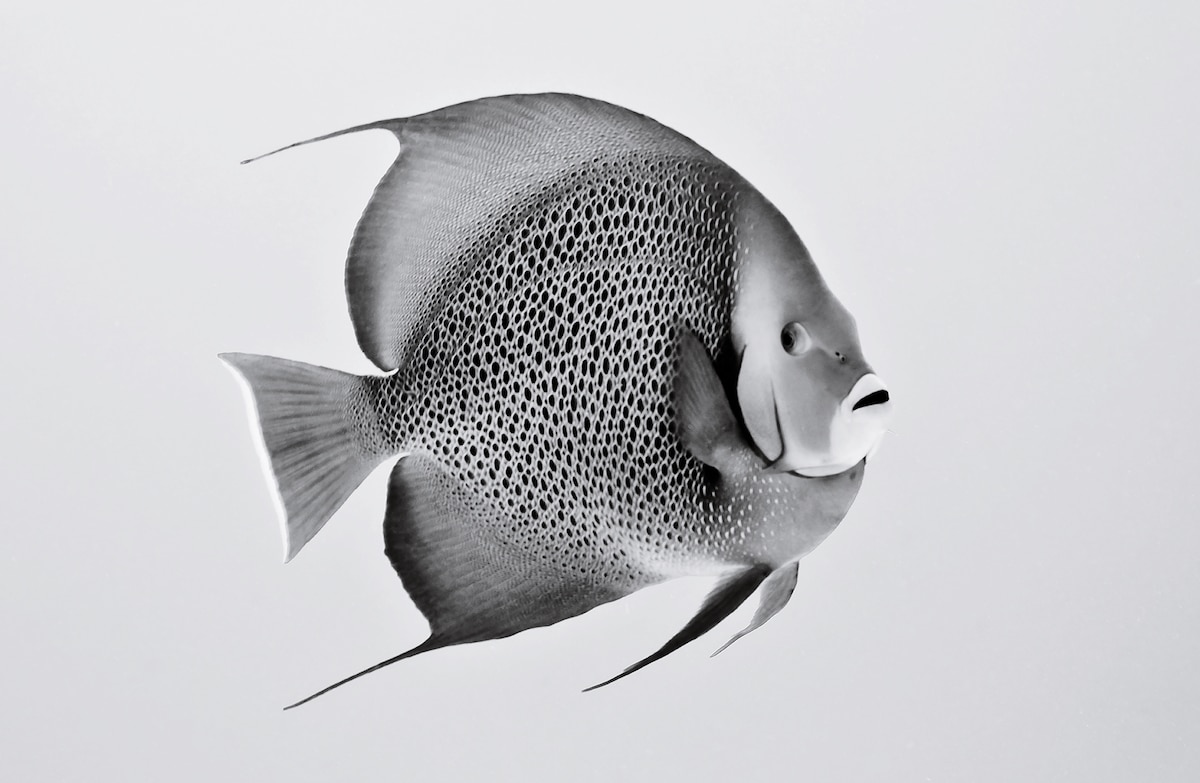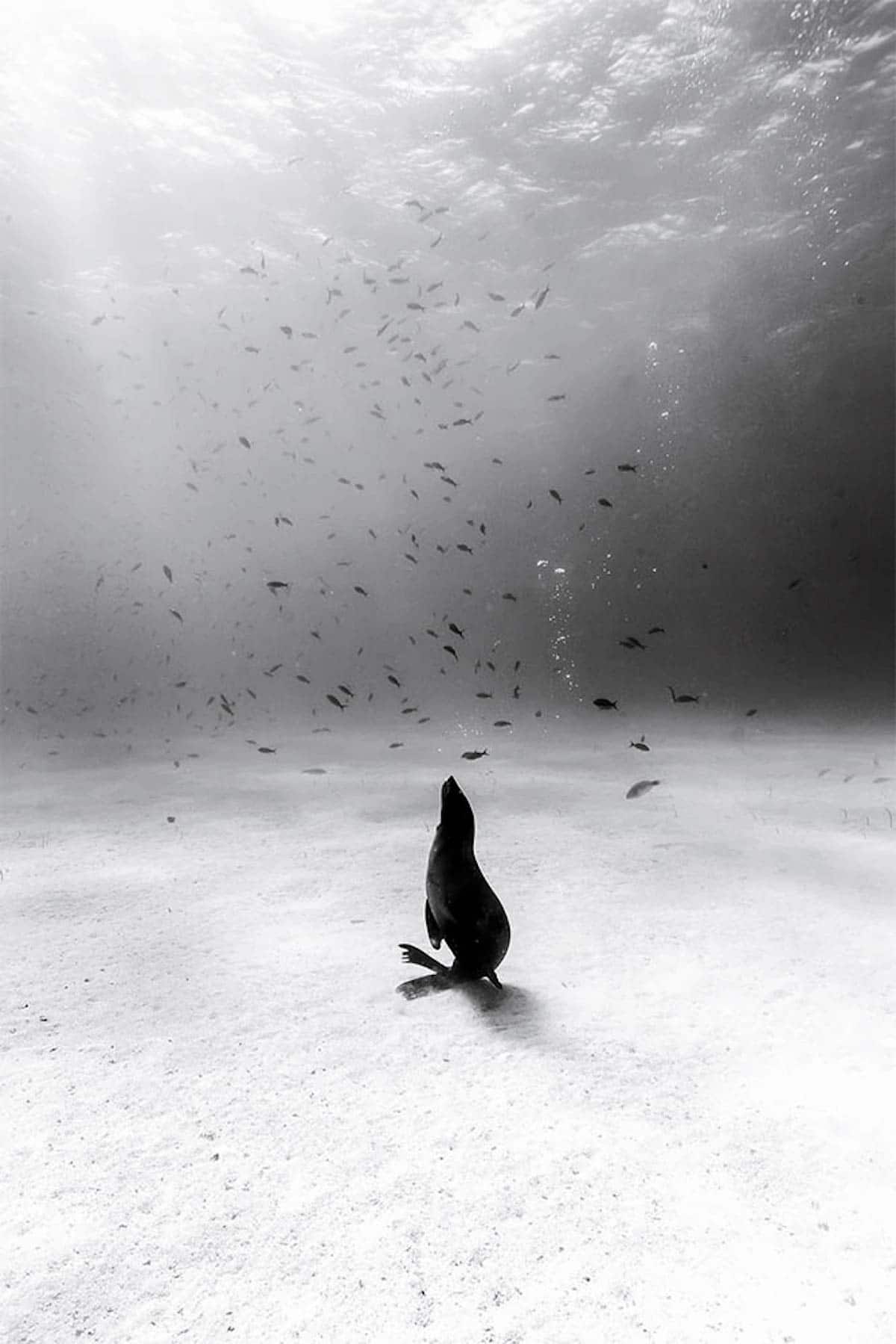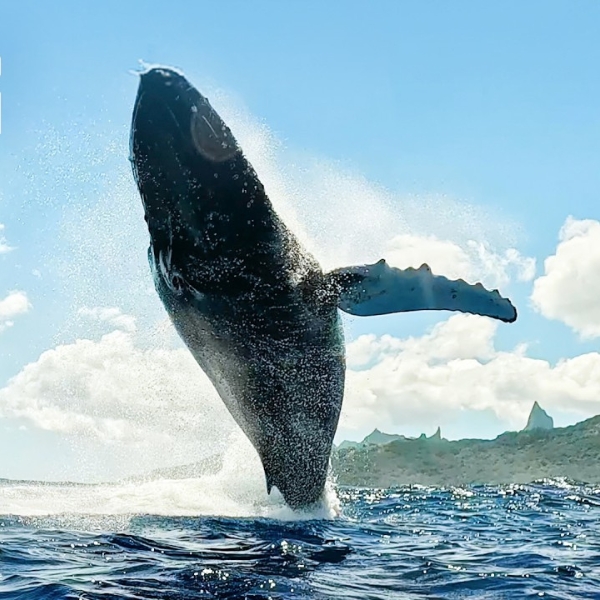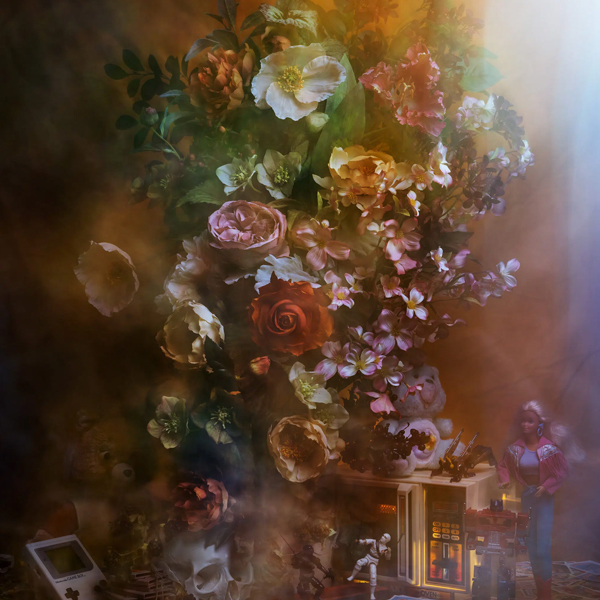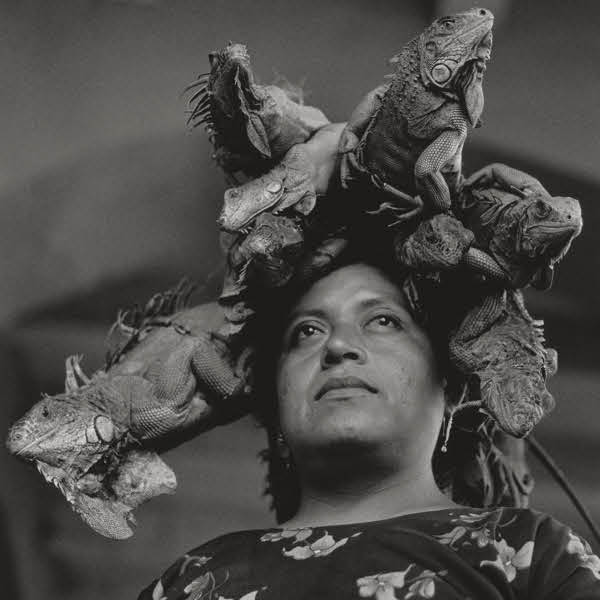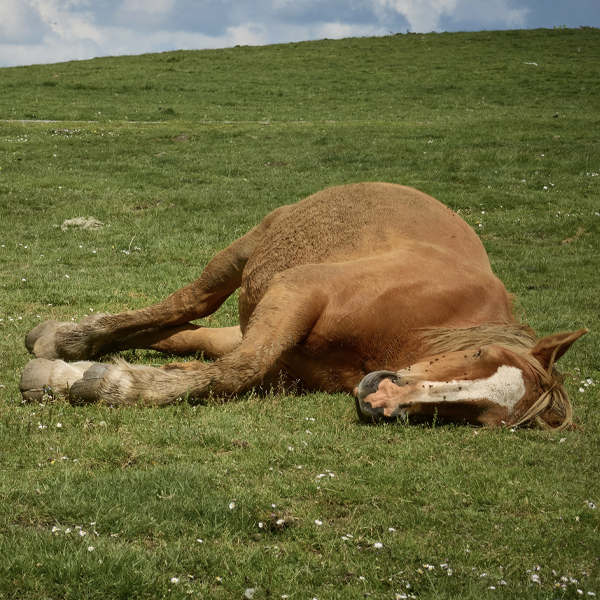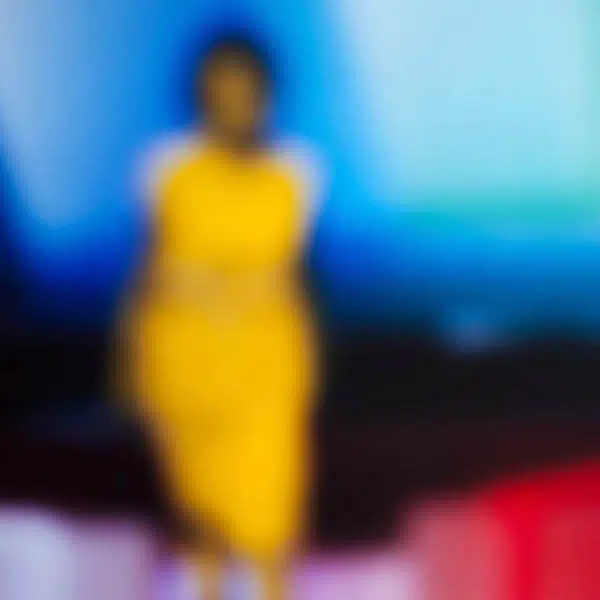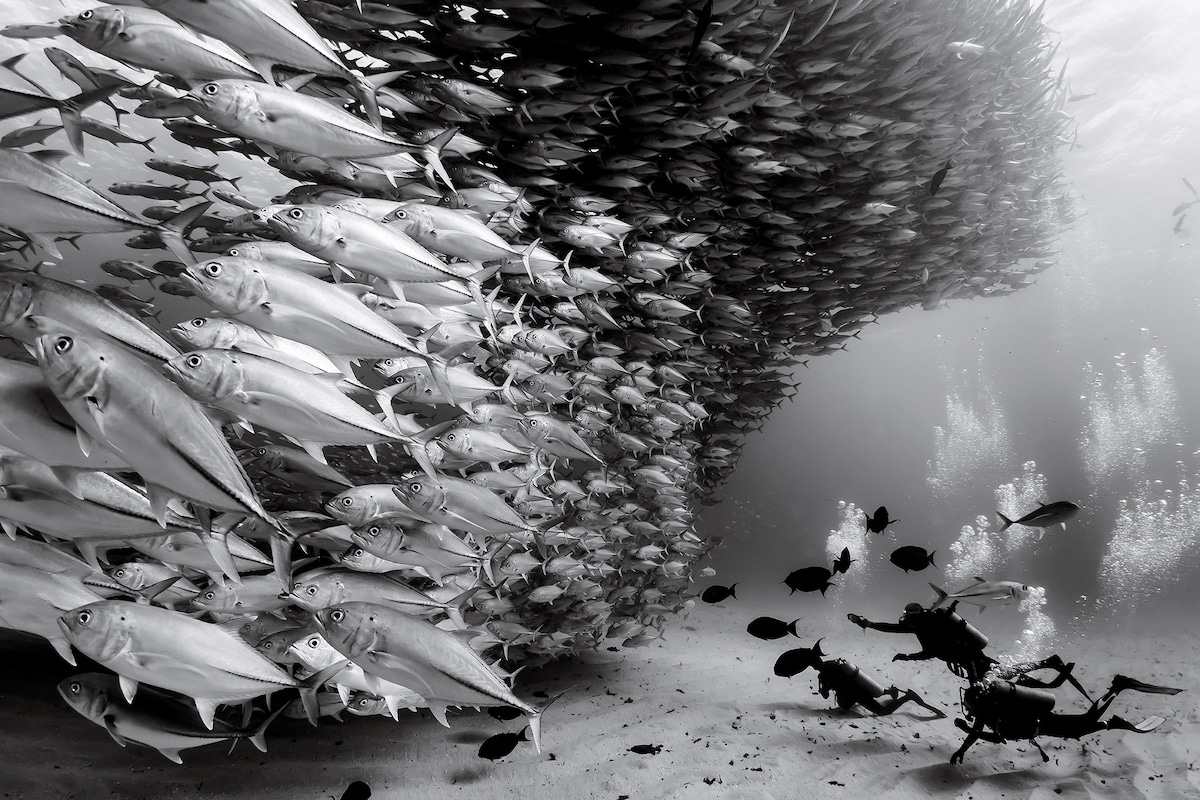
Award-winning underwater photographer Christian Vizl has been inspired by the ocean since childhood. Born in Mexico City, his career spans more than thirty years and in that time he's earned an international reputation for his artistic documentation of life underwater. In particular, he's recognized for his powerful black and white underwater photographs, which harness light and shadow to reveal different aspects of marine life.
In his new book Silent Kingdom, published by Earth Aware Editions, Vizl shares his vision of the underwater world. Schools of fish, sea lions, jellyfish, and manatees all get equal treatment in the book. Vizl manages to capture the elegance of life below sea level by using his keen eye for symmetry and composition.
Silent Kingdom is complemented by text from oceanographer and author Dr. Sylvia A. Earle, president and chairman of Mission Blue. This organization is pushing support for a global network of marine protected areas, an issue that is close to Vizl's heart. Having spent much of the last thirty years working underwater, he's witnessed first hand the toll that's been taken on marine habitats.
We had a chance to speak with Vizl about what pushed him into his career as an underwater photographer, why he loves working in black and white, and what he feels his social responsibility is as an artist. Read on for My Modern Met’s exclusive interview.

What’s your earliest memory that connects you with the sea?
Ever since I was a kid, as far back as I can remember, I was attracted to the sea. I dreamt about what lay beneath the waves, and how would it look if suddenly all the water vanished, leaving in stasis all the animals and living creatures. In this way, I could walk inside the ocean and see them all, suspended for a moment in time and space.
How did your love for the ocean transform into underwater photography?
I have always loved the ocean and also photography. I started taking pictures as a teenager and was very inspired by black and white masters like Ansel Adams and Henri Cartier-Bresson, but didn't combine these two passions until 2010 after a dive I did with an underwater videographer friend. During this trip, we made an immersion when he suddenly gave me his camera and left. After a while, I turned it on and loved the feeling of having a camera underwater. That's when I decided to buy my first underwater camera…
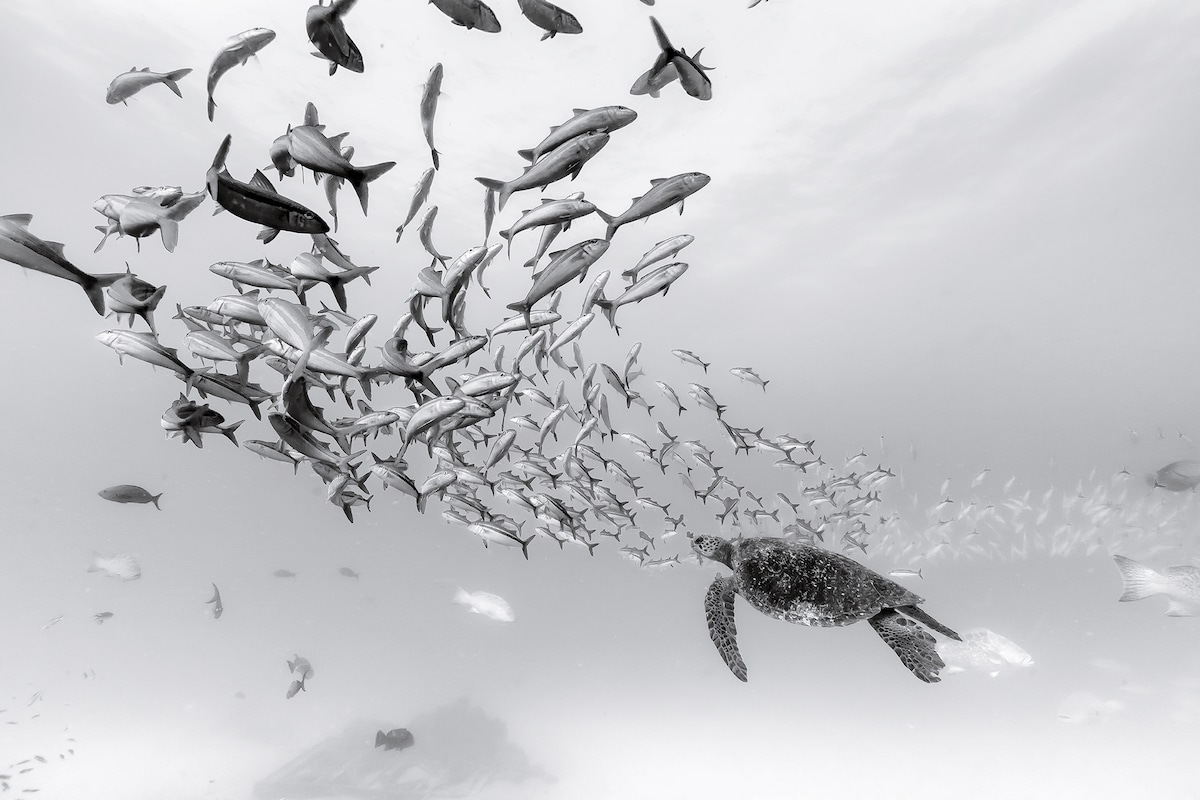
What was your first experience underwater and how did this impact you?
I was dreaming of diving since I was a kid, inspired like so many by Jacques Cousteau and his amazing documentaries and had a lot of encyclopedias about the ocean. Even though I was very young, I knew I would love diving so much that in order to dive as much as I wanted, I would need to become a diving instructor. And it happened like that, but many years later. When I was about 22 years old I finally did my first dive and three years later I was working as a diving instructor.

For Silent Kingdom, why did you choose to work in black and white instead of color?
As mentioned earlier, I have always loved black and white photography. My first roles of film were always black and white, and I've been working this style all my life. Beyond technical issues, what's most important is how I apply and manipulate the light that's available in order to create pictures with dramatic effect, carrying depths of emotion and using contrast and tonalities as a means to emphasize form and structure of the scenery.
I focus on the emotional impact of the final shot that will connect on a deeper level with the people that observe these photographs. Just as a poet uses words to create poetry, a photographer uses light to create images. So when I’m underwater taking pictures, one of my goals is to create poetic images through the use of light. And I believe black and white is the best way to accomplish this.
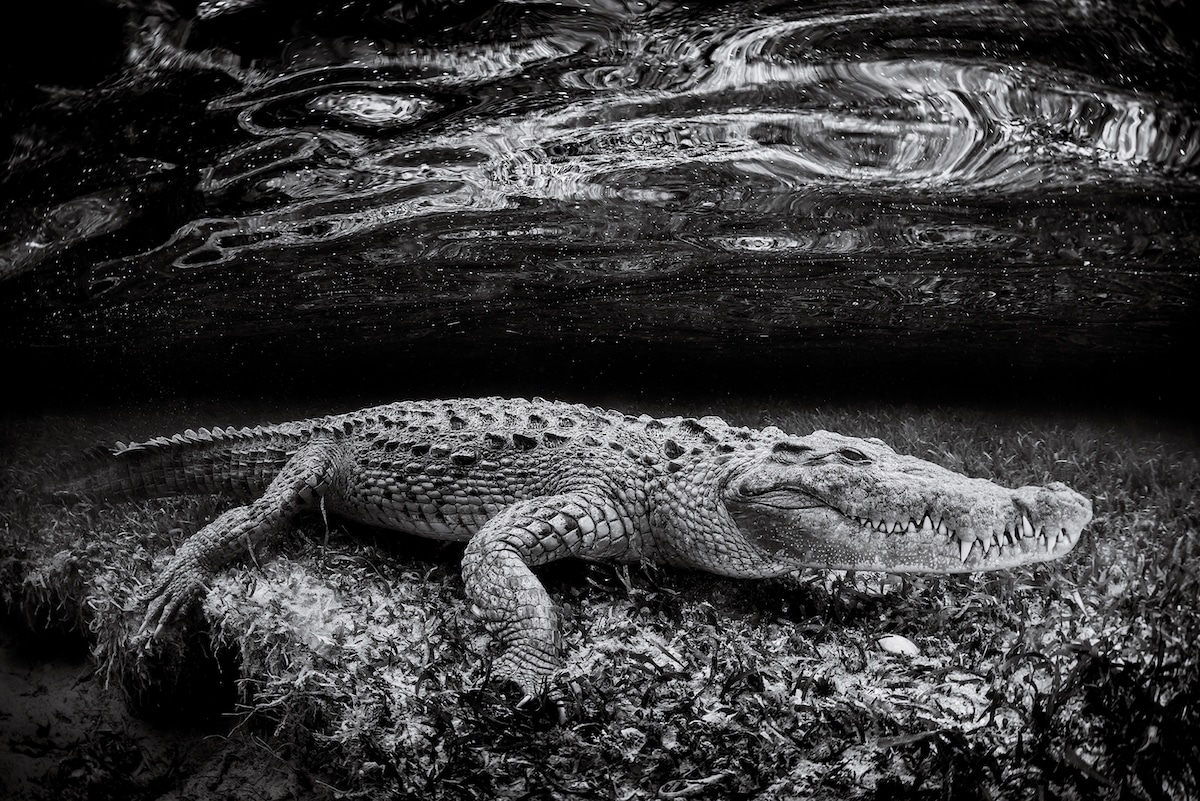
Any particular favorite images from the book or a story behind a particularly interesting photo you’d like to share?
It's hard for me to choose only one because I have so many memorable encounters with marine life, but one would be two giant mantas touching each other’s tips. I observed this behavior for the first time during the first dive we did in a very remote and special dive area in Mexico called Revillagigedo Islands. The two mantas were swimming directly towards each other when, at the last second before colliding, they would move upwards, positioning themselves slightly to one opposite side so they could touch each other's tip of their wings. I was so amazed by this behavior that I wanted to capture it. I tried many times and finally the last day of diving in the last minute before having to go for the surface I managed to take this picture in the exact time. I felt so happy!
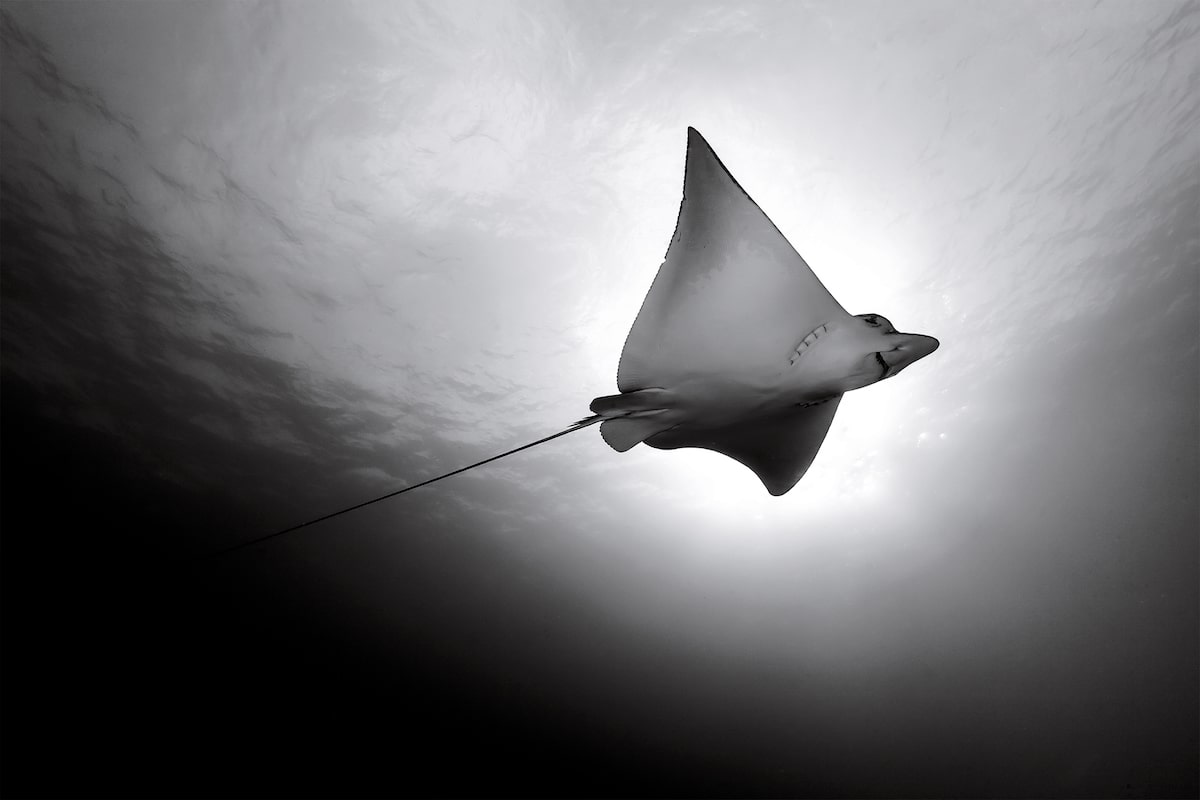
What’s your favorite type of marine life to photograph?
Interesting question. I love all kind of animals and love spending as much time as possible with all of them, from the tiniest fish or invertebrates to the majestic whales and sharks, but not all of them are very photogenic, or they live in a way that is difficult to position the camera. So besides these animals, I'm always happy to shoot and spend time with any type of marine life.
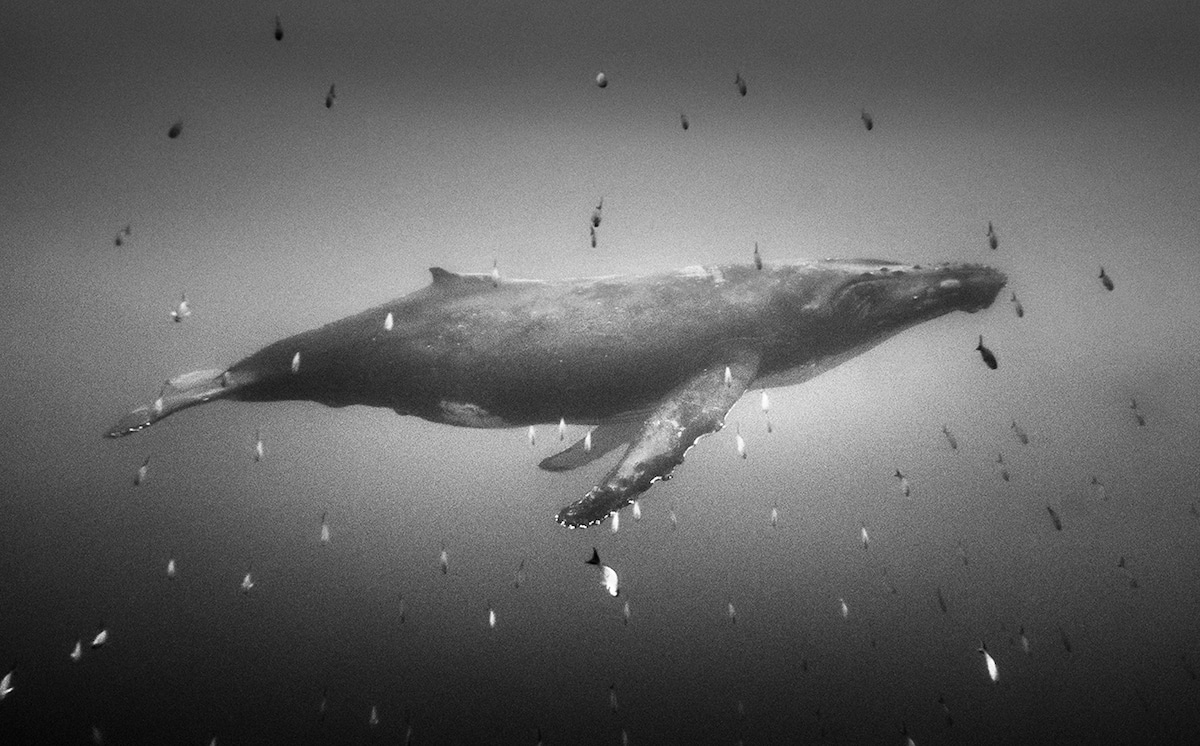
How has life underwater changed during your time documenting this environment?
I have devoted my life to exploring and contemplating the amazing beauty of the ocean, and it has been an incredible journey that has brought me a deep feeling of connection with nature, but sadly during my lifetime I have witnessed the ever-increasing devastation that we humans are creating in this planet.
Today the world’s ocean is in grave danger. Overfishing, pollution, plastics, radiation, climate change, acidification, and other human pressures threaten the fundamental nature of the ocean, and its animals are being pushed to near extinction. The time to act and reverse our negative impact is now before it's too late and we risk losing everything.
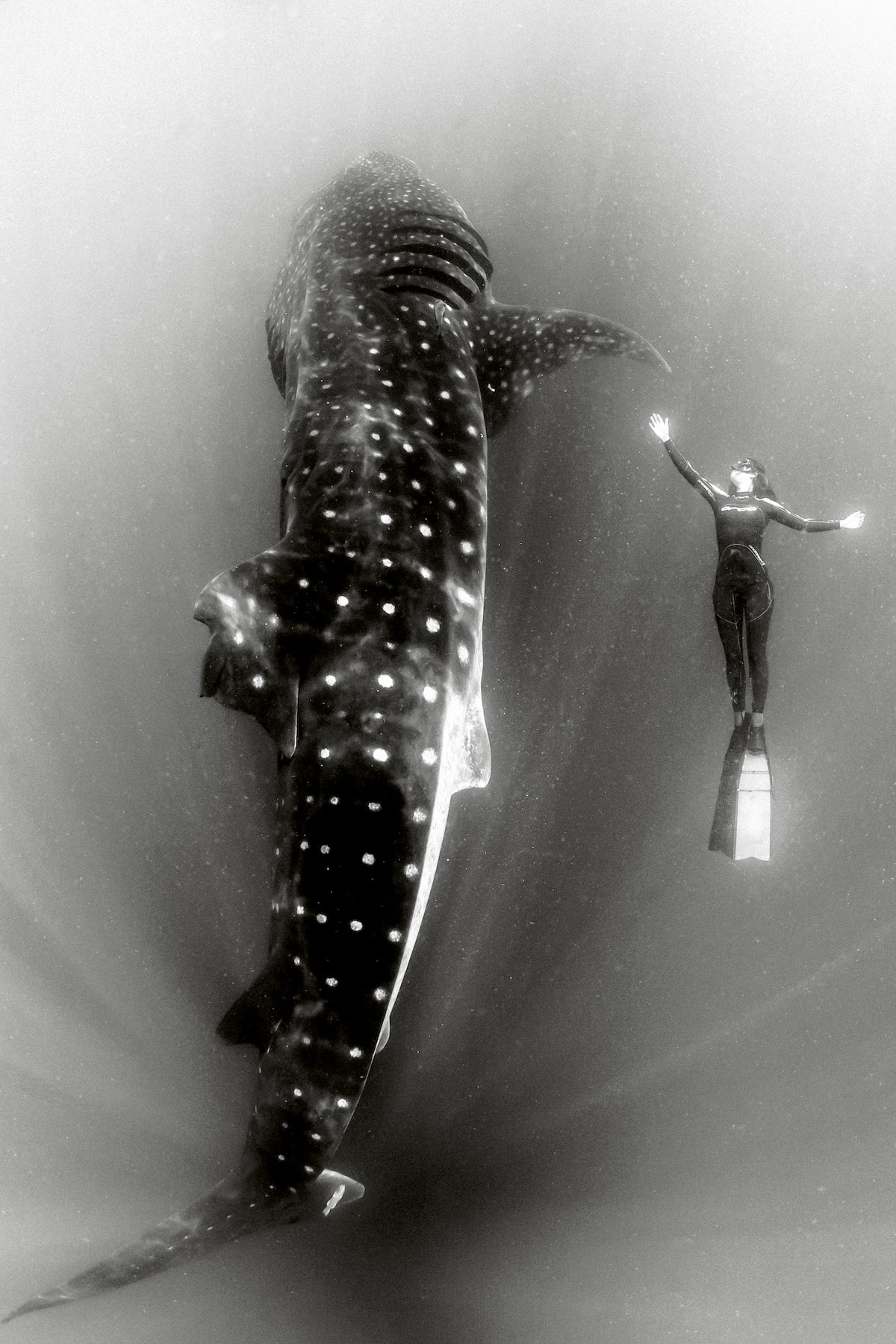
Why do you think it’s important for artists to use their work for social change?
I believe photography is capable of real service to humanity, promoting empathy and initiating change, so my main purpose as a photographer is to create poetic images showing the incredible beauty of these animals knowing they carry the power to change our perception and spark the love and empathy that we all have inside. If we want to have a future in this planet, we need to understand that our lives are interconnected to all living animals, and our own well being is directly linked to the well being of these animals
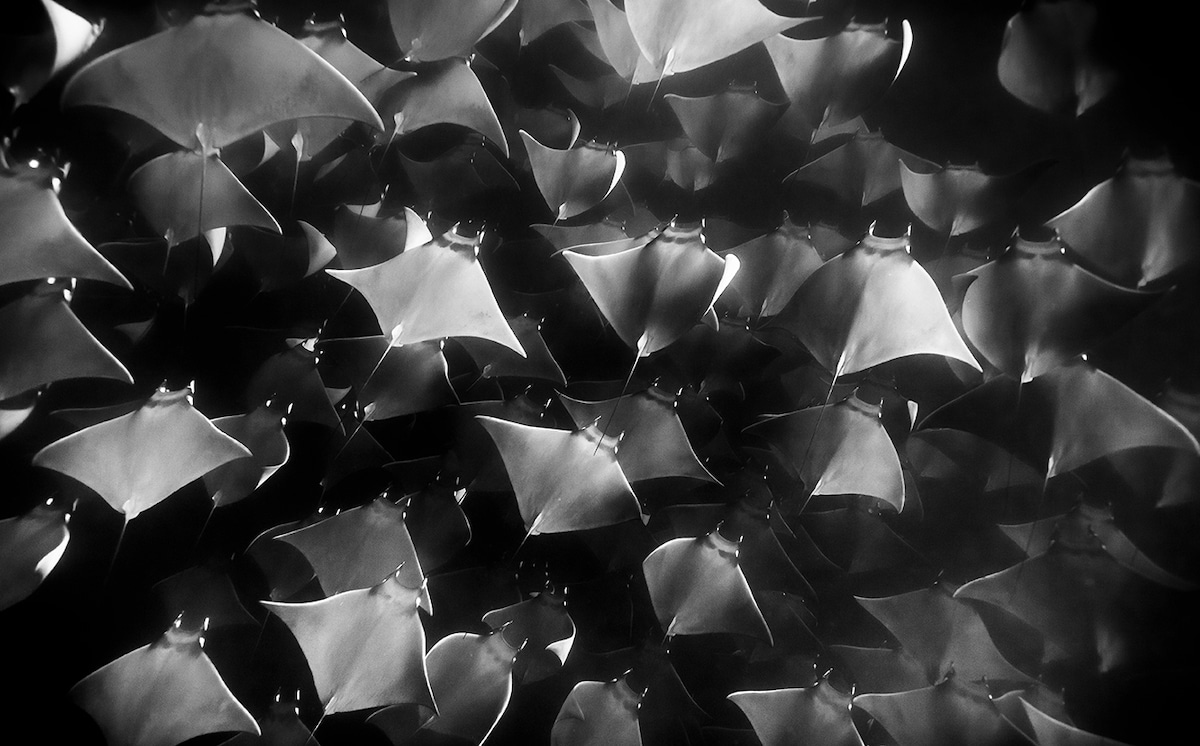
What do you hope the public takes away from Silent Kingdom?
The incredible beauty of the ocean and all its living animals, a greater understanding of the importance that this environment has to our own lives, but at the same time an increased awareness of the problems they are facing due to human activities that hopefully we'll transform into daily actions towards caring and respecting the sea.
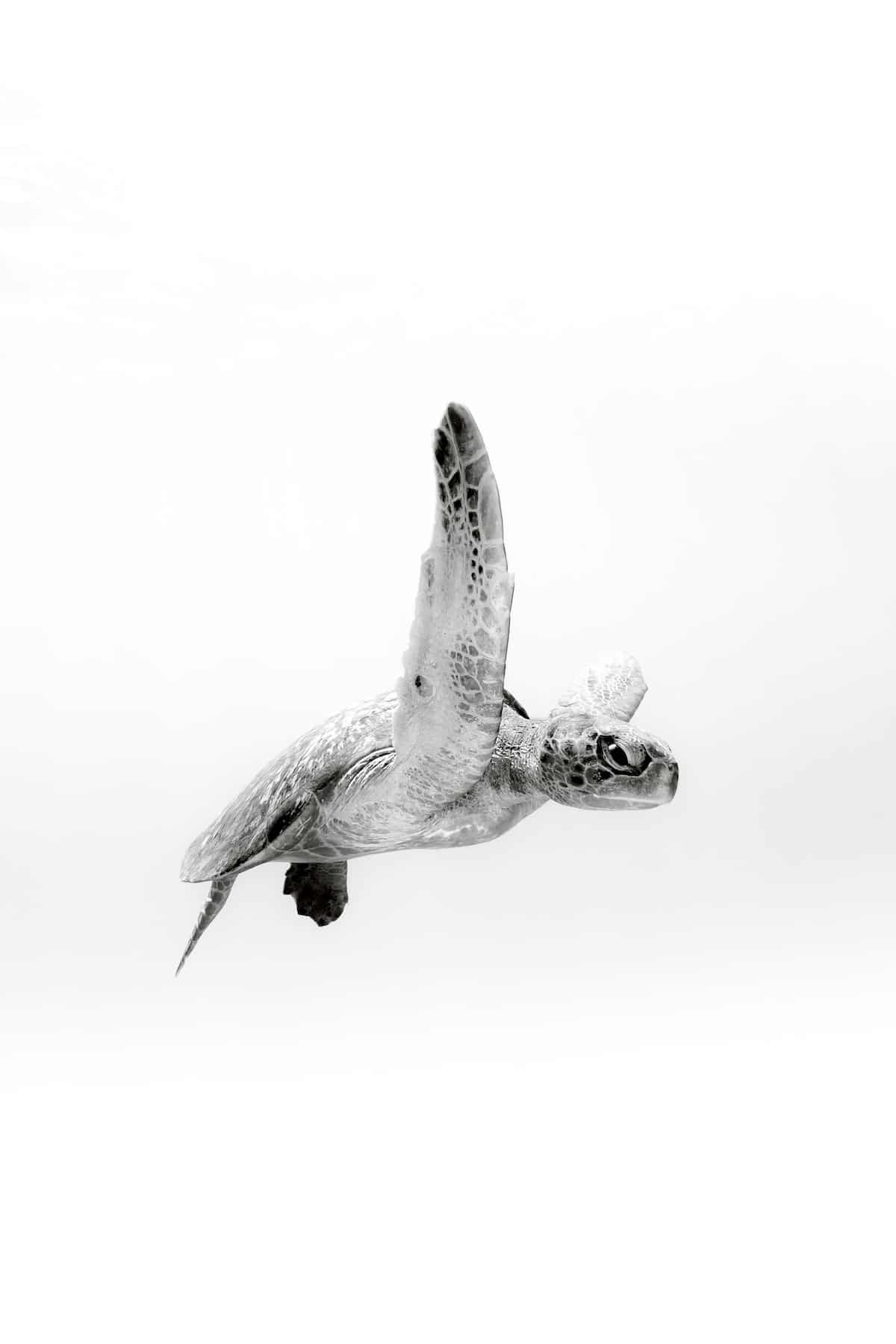
What’s your hope for the underwater world over the next 20 years?
I hope for a massive change in human consciousness, where we all understand the importance of a healthy ocean to sustain our own lives, transforming this awareness into worldwide actions in caring and protecting this environment.
One key element is to the creation of what Dr. Sylvia Earle calls “hope spots” or special places that are critical to the health of the ocean, safeguarding them as marine protected areas. But we can all have a big impact as individuals if we change our daily consumption patterns to more sustainable options…
